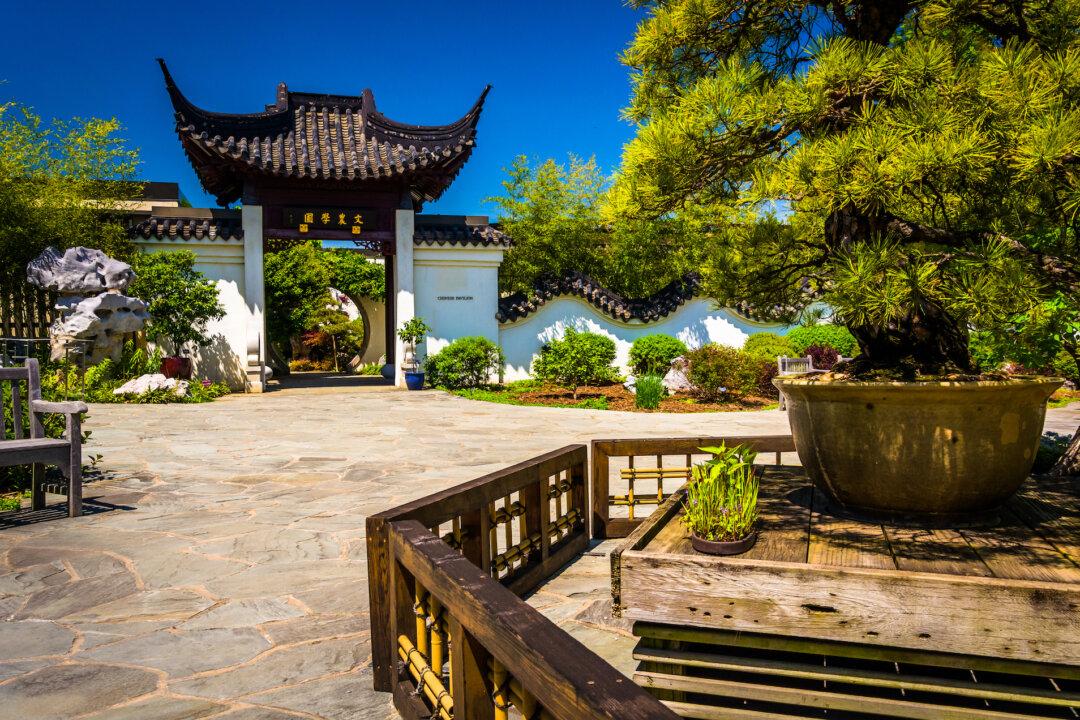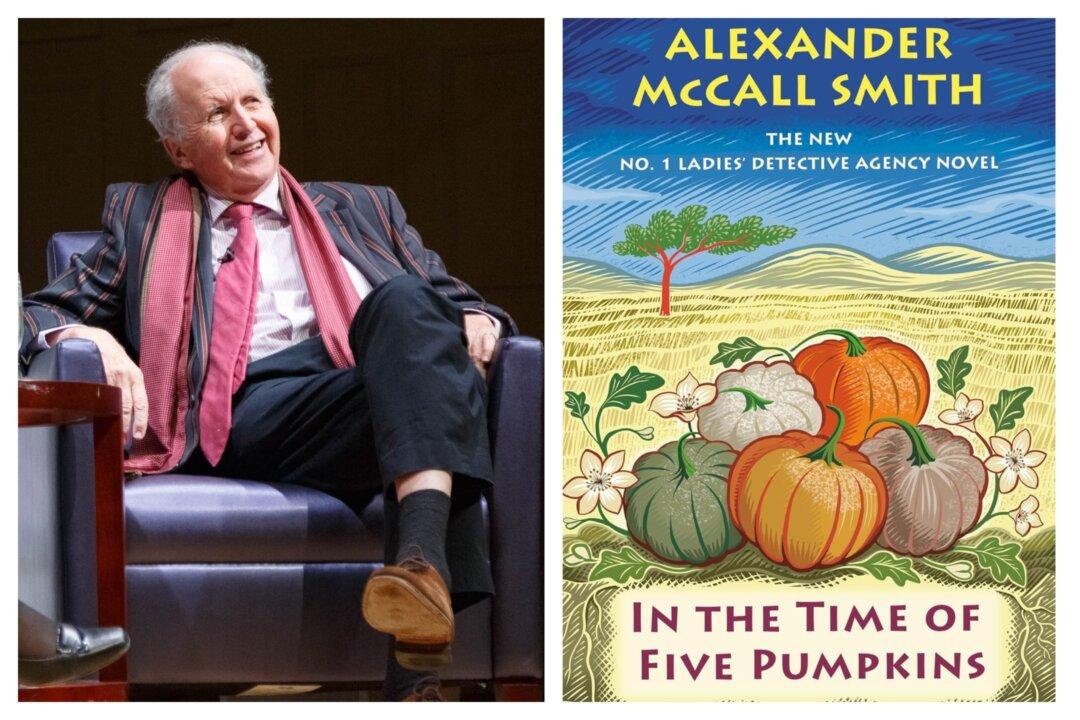The month of June is recognized as Great Outdoors Month. It originally started as Great Outdoors Week, but was gradually extended to cover the entire month, as more than half of the 50 states were participating by 2019. Outdoor enthusiasts are always keen to kick off the month with National Trails Day, which covers everything from hiking to mountain biking and birdwatching.
If you live in the city, it may be more challenging to get into the spirit of the great outdoors. However, if you live near the nation’s capital or are planning to visit the area—and need a break from the urban sights, sounds, and smells—the National Arboretum in Washington is a green oasis of trees and a colorful palette of petals as it houses flora and foliage from many different parts of the country as well as from overseas. Here are the highlights of 446 acres of gardens, plots, and land.





